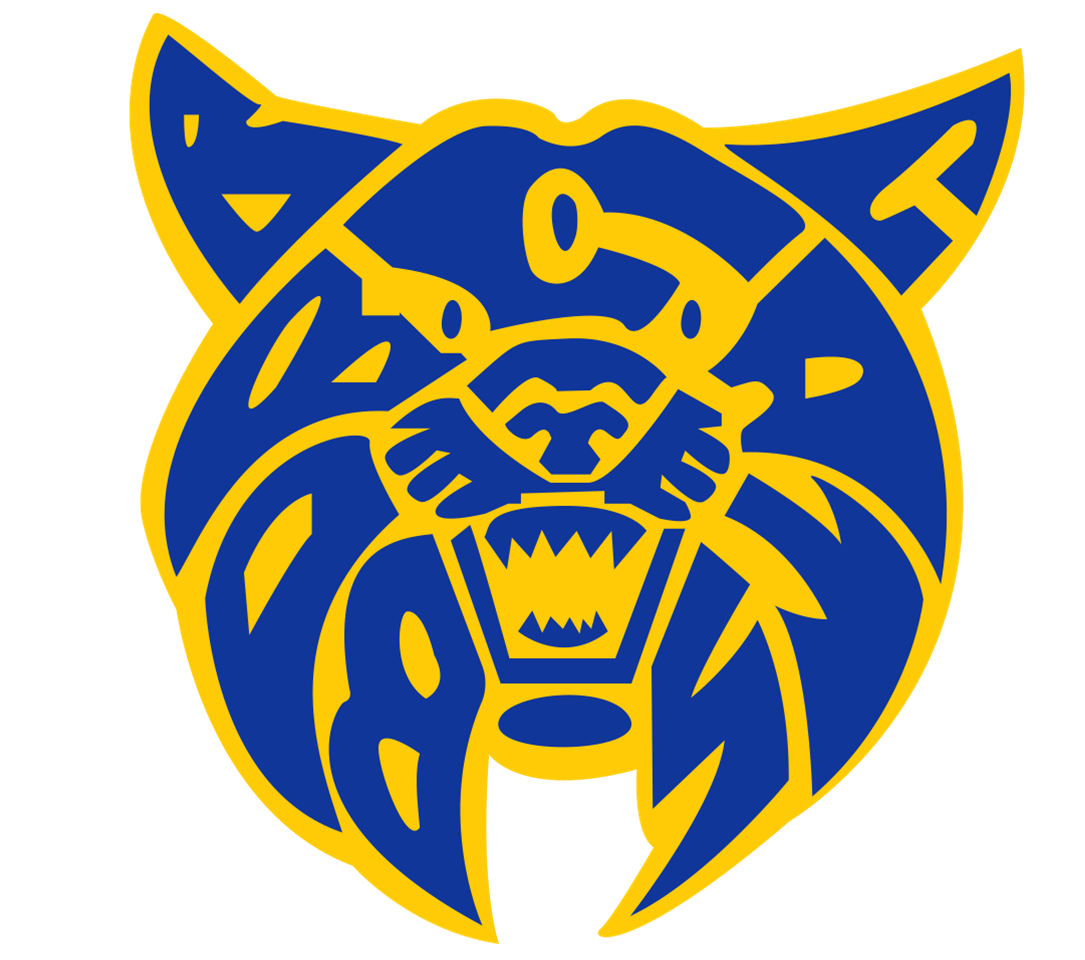Alison Nichols, 4th Grade Teacher, Norway Intermediate
When kids are in fourth grade, nonfiction texts become a majority of their reading when expanding their knowledge and application of reading skills. 4th graders this year have learned there is a tool that helps them make more sense of their reading: text features. Usually connected to specific pieces of the text, text features help unlock or emphasize meaning in a text. Headings, pictures with captions, and different types of print are text features used in almost every nonfiction text, but students in 4N have dug deeper this year recognizing and identifying other text features in their text such as timelines, maps, sidebars, and graphs. In some texts, they have gone above and beyond to create and add their own text features to a reading that they feel would help other readers better understand part of the text. The process of recognizing, identifying, and developing text features cultivates students’ awareness but also instills confidence in their ability to tackle complex nonfiction texts.
Picture above: Text features are always a visible resource to students in the classroom, shown on the wall in this picture with Kenley Doubek who is reading through her text looking for and labeling text features that she finds important to understanding the text.
Picture below: Natalie Ponce-Delgado works on creating a pie chart to add to the text, “The Chinese Railroad Workers” to better help readers understand what daily life looked like for a Chinese Immigrant working on the Transcontinental Railroad in the 1860s.


